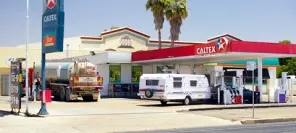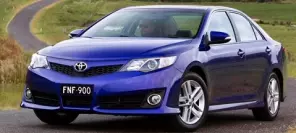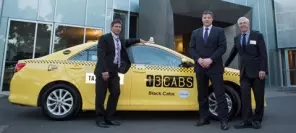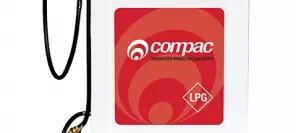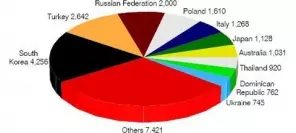- Main page
- Search
- Up to date
- Products
- Technology
- Vehicles
- Video
- Conversion Payback Simulator
Port Injection - Conversion Payback Simulator
Direct Injection - Conversion Payback Simulator
Diesel - Newsletter
Australia - LPG stations ready, no cars left?
 loading results...
loading results... © Holden
© Holden This has probably never happened anywhere in the world before – while in most countries LPG stations networks are being developed to catch up with growing numbers of brand new autogas-powered cars available straight from dealerships, Australia has plenty of stations and a perspective of no new cars at all within just a few years? So what are they going to do?
Due to issues related to profitability (or the lack of it, more specifically), General Motors (owner of the Holden brand), Ford and Toyota decided against manufacturing their cars in Australia and instead import models produced elsewhere, preferably in places where labour costs are lower. The final „made in Australia” cars will appear in 2017 and from then on the only way to save money through LPG will be to individually get an aftermarket autogas conversion as dealers won't offer factory-adapted cars anymore.
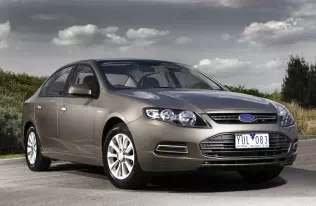 © FordFord Falcon EcoLPI - one of the last Australian cars with factory LPG conversions and a living (not for much longer, though) icon of the end of an era
© FordFord Falcon EcoLPI - one of the last Australian cars with factory LPG conversions and a living (not for much longer, though) icon of the end of an eraSpeaking of offer, it's more than modest these days – it comprises Holden's Commodore and Ford's Falcon lineups and that's it. And those few cars that are left are bulky full-sized sedans and wagons sporting V6 and V8 engines, so the number of people willing to buy them is growing thinner and thinner anyway. Buyers these days want smaller and more economical (not just through LPG use, but also through lower nominal fuel consumption) cars, which have been for the most part imported from outside Australia for quite a while now (Holden's lineup consists of rebadged Opels and Korean-made Chevrolets, i. e. ex-Daewoos). By failing to see the changing trends, tastes and needs of buyers, Australian carmakers actually commited a commercial suicide.
So what will happen to the well-established LPG refueling station network? For now, the 3000 locations through which autogas is distributed enjoy appropriate levels of customer interest to stay in business, but what will happen to them once today's cars become old and get scrapped? Will new ones follow? One way or another, Aussies will have to come up with ideas for utilising their LPG – the fuel is domestically produced (through natural gas purification) and even though much of it is exported, it would be a shame to export it all and import more foreign oil instead, thus sacrificing the country's energy independence and safety.
Local experts believe that adopting the DOM (Delayed Original Manufacturing) strategy could be a way out of the situation. Under that scheme, approved conversion centres would – based on deals made with manufacturers, importers or dealers – convert new cars to run on LPG in special facilities located e. g. near import sea ports. Actually Australians wouldn't have to start from scratch – local companies already supply their autogas systems to car manufacturers (LPI systems used on Fords come from an external supplier – Orbital). Also, the local LPG industry has all the necessary experience to develop new autogas systems both in a short time and in compliance with applicable laws and regulations.
Unemployment is also something of an issue here. Once GM, Ford and Toyota are gone, hundreds (if not thousands) of people wil be laid off. Yes, they will be given severance pay, but still they will be out of jobs. And so the introduction of the DOM conversion system may not only save Australia's economy from the blow it would suffer if the entire autogas sector collapsed, but it could also become a chance for the redundant workers to find new employment in a similar environment. Of course, qualified autogas system installers are plenty Down Under, but if the conversion centre scheme kicks off, new ones will be in demand.
And so, even though the situation seems quite grim, there is a silver lining. However, the Australian autogas sector must be active and flexible to be able to adapt to the new reality and harness the possibilities brought about by the changing market environment. Nothing's lost yet, but much could potentially be lost if the industry remains passive and fails to transform. We keep our fingers crossed for Australia – it would be a pity to waste tens of years of the LPG sector's work and experience. Changes are for good, but they need to be properly directed to bear the expected fruit.
Zobacz stronę producenta:
Vialle